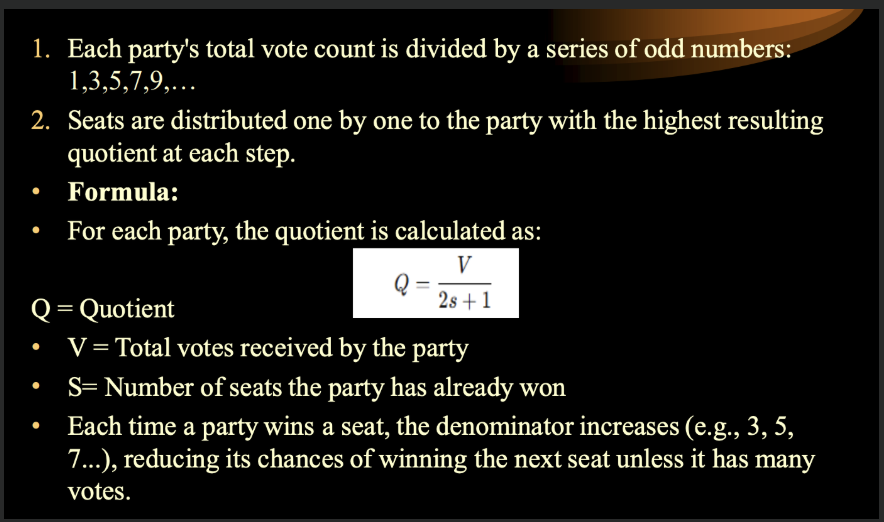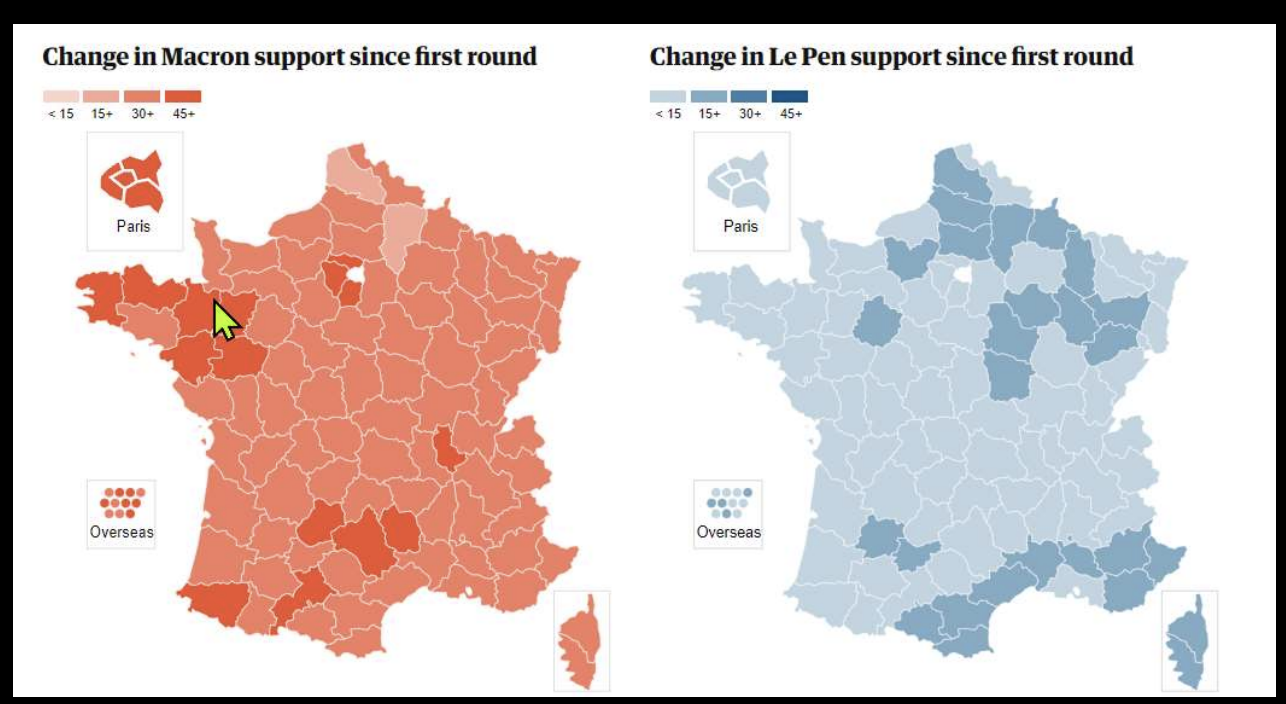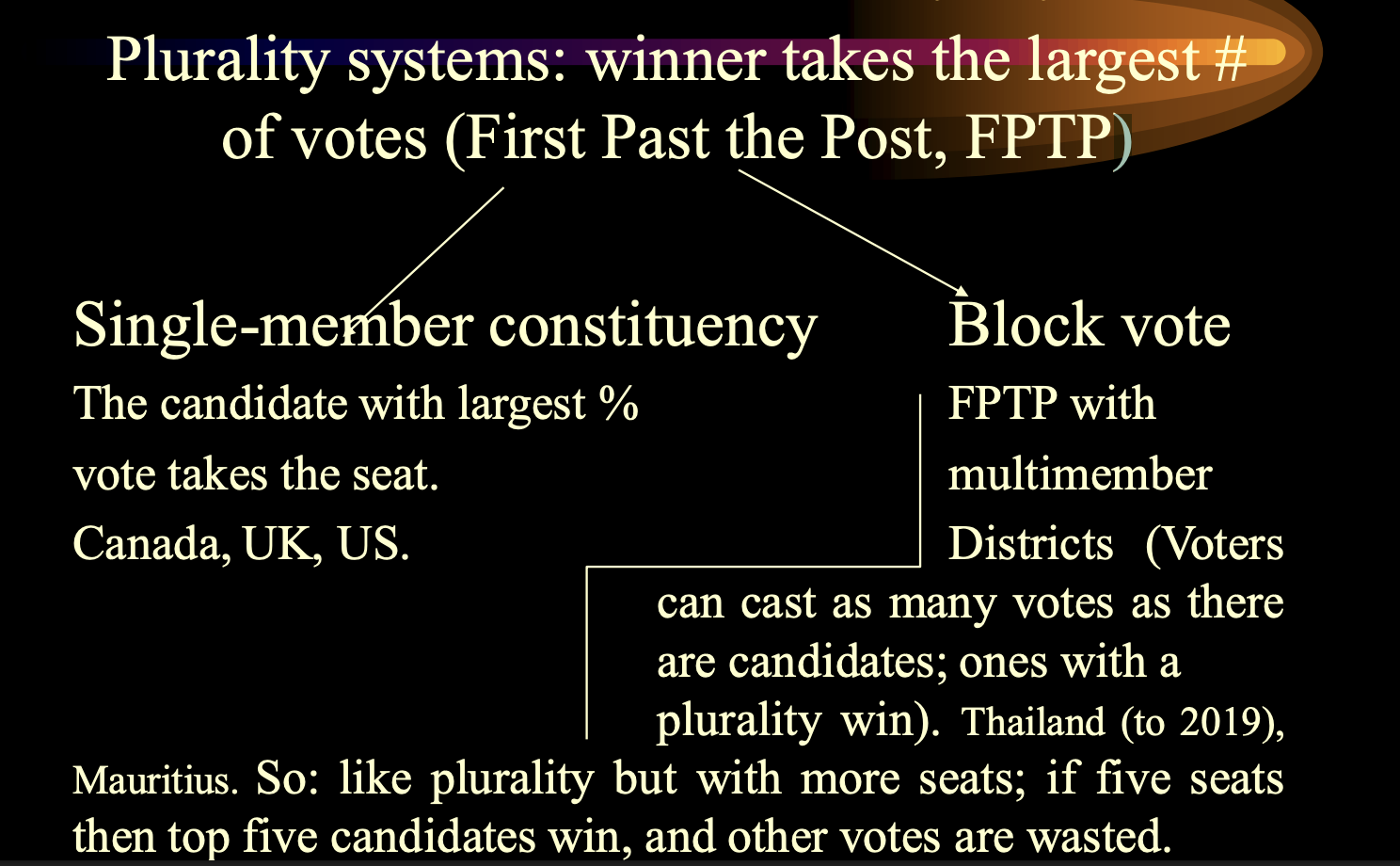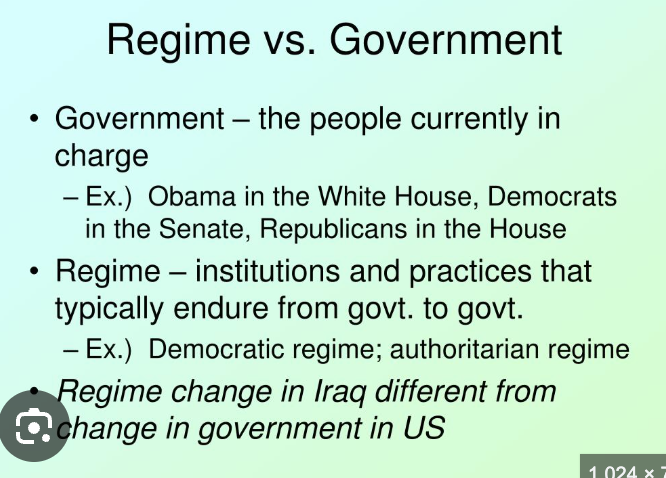Exam Review Basics
1/26
There's no tags or description
Looks like no tags are added yet.
Name | Mastery | Learn | Test | Matching | Spaced |
|---|
No study sessions yet.
27 Terms
Three types of legitimacy
According to Weber, the three types of legitimacy are traditional, charismatic, and rational-legal
Thomas Hare Formula
[Thomas] Hare formula
• Total votes/total seats.
• Thus: 960 votes cast in a constituency with 3 seats = 960/3 = a quota of 320.
• If there are seat(s) left over and no candidate reaches the quota, it/they go/go to the candidate with the highest vote.
• Hare produces higher proportionality
Henry Droop Formula
[Henry] Droop formula
• Total votes/(total seats +1) + 1
• With 960 votes and three seats, the quota is 241.
• Lower quota means that more candidates meet it;
• Majority problem: possible to win > 50% of the vote but secure < 50% of the seats.
• NB: calculations are done at the constituency level or nationally (Netherlands), regionally (Belgium) or constituency level (Croatia).
D’Hondt Formula (European Parliament, Northern Ireland Executive, Germany until 1983
It uses a series of rounds to approach proportionality. Some variation in practice. In Northern Ireland, it works as follows: Northern Ireland Executive:
• From the second round, and in a series of rounds, the following formula is deployed: V/ (S + 1), where V = the total votes a party has and S = the number of seats they hold at the beginning of the round.
• S = 0 at the first round, meaning the party with the most votes gets the seat.
• At the next and subsequent rounds, the party that won the seat at the last round is subject to the formula V/(S +1). Its vote share is therefore reduced, and the party that came second at the first round takes the seat.
• At each round, the votes of the party that came out on top on the previous are subject to V(1+1).
• The formula recalculated at each round until all seats are allocated.
Desmond King 2017 Reading “Forceful Federalism”
Desmond King argues that the persistence of material racial inequality and widespread segregation in the United States, even decades after key civil rights legislation, can be primarily explained by inconsistent and fluctuating levels of federal government engagement in building material racial equality.
King posits that national efforts to advance racial equality are energetically resisted and challenged by opponents of racial progress, leading to a vulnerability to disruption. This resistance manifests through various strategies, including fiscal, violent, judicial, and electoral means, ultimately slowing down or halting federal civil rights activism.
Here are some key points from King's analysis:
Inconsistent Federal Engagement: King emphasizes that progress towards material racial equality has largely depended on forceful federal government policy and its consistent enforcement. However, this federal activism has been fitful and often inattentive, particularly in the absence of strong social protest. This inconsistency allows discriminatory institutions to persist and reinforce racial inequality.
Federalism and Resistance: The fragmented nature of American federalism plays a crucial role in hindering racial equality. Local resources are often inadequate, and local officials can be hostile to reform or stymied by judicial rulings and local white resistance. Opponents of racial progress leverage the decentralized nature of the federal system to resist national efforts.
Weak Enforcement: Even when federal policies for racial equality are enacted, they are often given insufficient resources for effective implementation, leading to weak enforcement. King provides examples such as the limited success of housing desegregation despite federal initiatives.
Impact on Racial Identity: While King's primary focus is on the structural aspects of inequality, his analysis implicitly touches upon racial identity. The historical and ongoing inconsistencies in federal policy and the resistance to racial equality have contributed to the maintenance of racial hierarchies and the salience of racial identities in American society. Federal policies, or the lack thereof, have shaped the material conditions that reinforce racial disparities and, consequently, the lived experiences and identities of different racial groups. For instance, the construction of white American household wealth was significantly supported by federal policies, while African Americans were often excluded or faced discriminatory measures.
The Need for "Forceful Federalism": King argues that meaningful progress towards racial equality requires "forceful federalism", characterized by strong national policy leadership and steadfast enforcement. This includes active enforcement of federal laws to transform society rather than merely modify it. Examples like the federal intervention in the New York City Fire Department hiring practices illustrate the need for and impact of federal action, albeit often met with resistance.
Democratic Dysfunction: King concludes that the weak progress towards material racial equality represents a significant democratic dysfunction in the US. The inability of the federal government to consistently and effectively address racial inequality distinguishes the US experience compared to other political systems where enacted policies tend to be more durable.
In summary, Desmond King's 2017 work emphasizes that the enduring problem of racial inequality in the US is deeply intertwined with the dynamics of American federalism. The resistance to federal intervention and the inconsistent application of national power have hindered the progress towards racial equality, thereby contributing to the persistence of racial disparities that shape racial identities and societal structures. He argues that forceful and consistent federal action is essential to dismantle entrenched inequalities and move towards a more equitable society.
Wimmer’s boundary making theory of Nationalism
Wimmer's boundary-making theory of Nationalism, as discussed in the sources, provides a framework for understanding how national identities are formed and maintained through the creation of ethnic boundaries. According to Wimmer, ethnic boundaries are the "subjective ways that actors establish by pointing specific markers that distinguish them from ethnic others". These boundaries are socially constructed and are not fixed but fluid and permeable over time.
Wimmer distinguishes between two main categories of boundary-making strategies:
Strategies aimed at shifting boundaries: These strategies involve altering the scope of the national group through expansion or contraction.
Expansion: This strategy involves creating a more inclusive boundary by broadening the range of people considered part of the in-group. The source indicates that the Turkish political elite pursued an expansion strategy after the establishment of the Republic of Turkey in 1923. They aimed to incorporate all Sunni Muslim Kurds into the Turkish national identity based on their common religious identity. This inclusion was, however, non-voluntary and involved the suppression of separate Kurdish identity markers.
Contraction: This strategy involves drawing a narrower boundary by excluding certain groups from the in-group to define a smaller core population. The source states that the Israeli political elite pursued a boundary contraction strategy. Following the definition of Israel as a ‘Jewish state’ in the ‘Basic Law of Human Dignity and Liberty of Israel’, this strategy aimed at excluding Palestinian citizens from equal access to power and resources.
Strategies aimed at modifying the meaning of existing boundaries: These strategies seek to alter the significance and implications of the established ethnic boundaries through inversion, repositioning, or blurring.
Inversion: This refers to changing the meaning of an existing boundary by challenging the hierarchical ordering of ethnic groups. There are two subtypes:
Normative inversion: The excluded group challenges the ethnic category and claims superiority over the dominant group.
Equalization: The excluded group seeks equality among ethnic categories. The source highlights that in both Israel and Turkey, there have been constant demands from Palestinian and Kurdish citizens for changing the meaning of existing boundaries through equalization. Palestinian citizens have demanded to transform Israel into a ‘state for all its citizens’, challenging the boundaries of Israeli national identity. Similarly, Kurdish citizens in Turkey have sought a shift from a focus on Turkish ethnicity to the territory of the Republic of Turkey, with a key demand being the change from ‘Türk’ to ‘Türkiyeli’. These demands represent a challenge to the hierarchical ordering of ethnic groups by seeking more inclusive national boundaries where they would be included as equals.
Repositioning: This can occur at the individual or group level and involves changing one's social membership by moving from one side of a boundary to another or repositioning an entire social category. The sources do not provide specific examples of repositioning strategies in the context of Israel and Turkey.
Blurring: This strategy aims to overcome ethnicity as the primary basis for categorization and social organization by promoting non-ethnic markers such as civilizational or religious affiliation. While religion played a key role in the initial boundary making in both Israel and Turkey, the source doesn't explicitly detail current blurring strategies employed by the state elites regarding Palestinian and Kurdish minorities.
The "Inside Outsiders: Comparing State Policies
Towards Citizens of Palestinian and Kurdish
Descent in Israel and Turkey" article by Grigoriadis and Elitsoy in 2021 emphasizes that despite pursuing different initial boundary-making strategies (contraction in Israel, expansion in Turkey), both states have converged in denying equal rights to their largest ethnic minorities, Palestinians and Kurds. The state elites in both countries have securitized the demands for equal citizenship rights from these minorities, viewing them as "inside outsiders" and perceiving their demands as a threat to the ethno-nationalist foundations of their states. For Turkish elites, these demands are linked to fears of Western-supported partition (‘Sèvres Syndrome’), while for Israeli elites, they are seen as a threat to Jewish sovereignty and a potential dilution of the state's Jewish character.
Mixed Member Proportional
Bolivia • Germany • Hungary • Mexico • New Zealand
Voter has two votes. First is for the constituency MP (FPTP everywhere but Hungary, where it is a 2-ballot system).
• The second vote ensures proportionality.
• Winner of first vote takes the seat.
• Second determines seats in the legislature. • Italy = similar but less proportional: 37% elected through FPTP, 61% closed PR. One vote, not two, per voter.
What electoral system does Germany have?
Mixed Member Proportional
German system Voting
First vote is for MP, second for the party.
• Candidate with a plurality secures the seat.
• 5% threshold eliminates smaller parties.
• Bundestag expands or contracts to ensure proportionality.
Votes calculated by the Sainte Laguë Formula

2017 German election
SPD: 20.5%
• Alternative for Germany: 12.6%
• FDP: 10.7%
• Left: 9.2%
• Greens: 8.9%
299 are directly elected in their constituencies (NB: being reduced to 280). • Are a minimum of 598 members of the legislature.
• Proportionality required 111 extra seats, for 709 overall (NB: 733 today, trying to reduce this to 680 this election).
Advantages of MMP (Mixed Member Proportional) system
• High degree of proportionality.
• Retains local MPs.
DisAdvantages of MMP (Mixed Member Proportional) system
Hierarchy of votes: second matters more than the first.
• Creates two classes of MPs.
• Encourages strategic voting.
France’s Electoral System
Majoritarian - Majority Plurality System - 2 Ballot
2 Ballot System
First vote is a simple multimember election; if a candidate secures a majority, they are elected.
• If not candidate has a majority, there is a second ballot a fortnight or so later.
• Used in the election of the President of Brazil, Costa Rica, Ukraine, and France. Top 2 candidates go ahead at the second ballot.
• Popular in presidential elections: Ukraine, Costa Rica, France, Austria, Portugal, Columbia, and Finland.
• Used in legislatures in Macedonia, Mauritius, in francophone subSaharan Africa, Iran, Ukraine, Tajikistan, and Uzbekistan.
• French legislature: 12.5% threshold for moving on the second ballot. Candidate with the largest vote at second threshold is elected, whether a majority or not (hence ‘majority-plurality).
2017 French Presidential Election, March 17 1st Ballot
Emmanuel Macron (En Marche): 24.01% •
Marine Le Pen (Front National): 21.3% •
François Fillon (Republicans): 20.01% • Jean-Luc Mélenchon (La France Insoumise): 19.58%
• Benoît Hamon (Socialist), 6.36%
• Nicolas Dupont-Aignan (Debout la France, Gaullist/FREXIT): 4.7%
• Jean Lasalle (Résistons, agricultural party, former strong pro-Europeanist): 1.21%
• François Asselineau (Popular Republican Union), nationalist, anti-American: .92% • Jacques Cheminade (Solidarity & Progress, FREXIT, colonization of the moon): .18% • Nathalie Arthaud (Workers’ struggle, Communist) • Philipe Poutou (New Anti-capitalist Party, Marxist)
2017 Second Ballot in France
Macron 66.1% Le Pen 33.9%

2 Ballot Advantages
Ensures a majority preference.
• Allows two-preferences (Hamon to Macron but Macron to Le Pen).
• Simpler than Alternative vote.
• Useful for ideologically divided societies.
2 Ballot Disadvantages
• Punishes small parties in legislative votes (as Charles de Gaulle intended).
• France has traditionally had greater disproportionality than any Western European country.
What electoral system does the UK have?
Plurality system
Plurality Systems

Advantages of plurality systems
Simplicity for the voter.
• Clear choice at the elections.
• By contrast, Germans voting in 2021 did not know if they would get a coalition of the CDU & SPD, or CDU, FDP, and Greens, or SPD, Greens, and FDP, or SPD, Greens, and the Left [die Linke].
• Tends to produce majority governments.
• True of both Single Member Constituency and Block Vote.
Disadvantages of plurality system
Undemocratic
• Some votes count more, much more, than others.
• Punishes small parties – Greens, Liberal Democrats in the UK, NDP in Canada, any third party in the US.
• When combined with the Westminster model, it allows governments to introduce sweeping changes opposed by a majority of the public.
What is a coup?
Definition: “A quick , violent, and illegal overthrow of a government by a faction of the armed forces or other powerful group in society.”
Regime vs Government

Deductive Reasoning
Coming up with arguments, theories, ‘hypotheses’ which are then applied to (or ‘tested against’) the evidence.
Both are legitimate, and deductive work has the great advantage of guiding your research.
Just be prepared to adjust or abandon your argument/theory/hypothesis if the evidence doesn’t support it/them.
Inductive Reasoning
Inductive:
Working with the ‘data’ – that is, learning about the details of the cases – and drawing conclusions and even building theories from them.